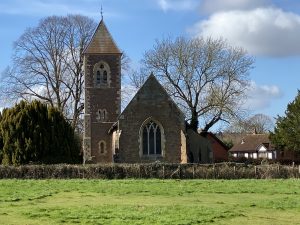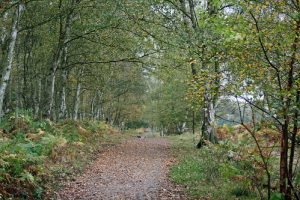Our local area
Bobbington is a small rural parish predominantly agricultural in character, it is a village and civil parish in the South Staffordshire district of Staffordshire, England. The ancient parish of Bobbington was mentioned in the Domesday Book when the population was recorded as 12. The 2011 census records a population of 588.

Bobbington is just on the county border with Shropshire (to the west) and about five miles from the border with West Midlands (to the East), it is about eight miles away from Bridgnorth and five miles from Wombourne.
During World War II was home to Bobbington airfield, renamed during the war as Halfpenny Green, and now known as Wolverhampton Business Airport. This facility now engages in business, training and recreational flying.
In recent years Bobbington has seen favour in the commuter culture being roughly equidistant from many of the regions business centres Wolverhampton (9.5 miles) Dudley (9.4. miles), Stourbridge (10.5 miles) and Bridgnorth (8.6 miles).
Bobbington supports a village school, 2 public houses, a Grade II* listed church, a Methodist chapel, a village Hall, Country House Hotel and a Community Post Office.
Footnote: The Methodist chapel is now closed.
Also within the parish is a commercial vineyard and winery and garden nurseries.
Highgate Common, recently awarded SSSI status, fringes the parish boundary and supports a nationally important assemblage of invertebrates chiefly associated with free-draining grassland, heathland, scrub and woodland edge habitats.
 This includes a nationally important assemblage of bees, wasps and ants.
This includes a nationally important assemblage of bees, wasps and ants.
It is a diverse habitat comprising mainly of heathland, of which heather is the most dominant plant, and woodland with occasional ponds and bogs, over hilly and often rough terrain.
Highgate Common has 140 species of Fauna of which 36 are rare either nationally or regionally, 82 species of invertebrate 20 of which are regionally scarce and 51 are nationally scarce and 14 heathland specialist species.
The common provides a large number of walks and several car parks.